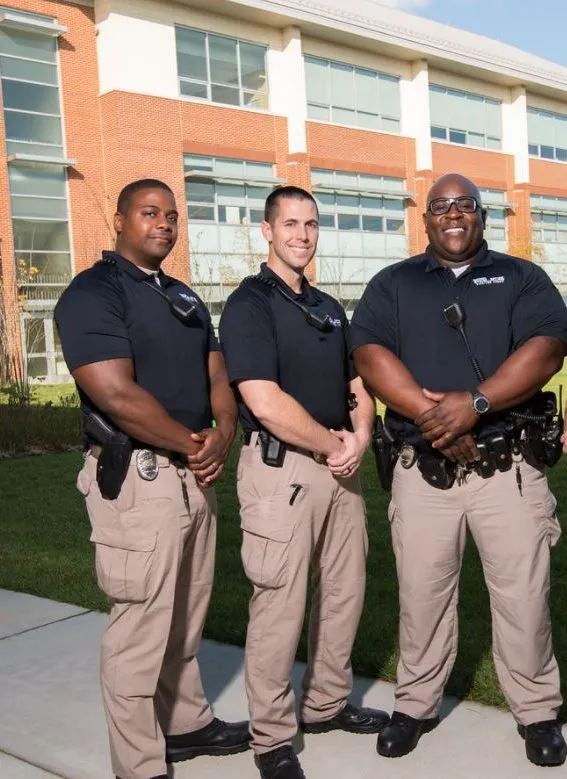In two separate incidents, school resource officers (SROs) unintentionally discharged their firearms inside school buildings, sparking renewed debates about the safety and necessity of armed police officers in schools. While no students were physically harmed, the incidents have left parents, educators, and advocates questioning the risks associated with having armed law enforcement present in educational settings.
Read more about the Stanton incident here and more about the Milford incident here.
Unintended Dangers of Armed Officers in Schools
Supporters of school resource officers argue that their presence deters violence and enhances security. However, accidental firearm discharges highlight an overlooked danger — the very weapons meant to protect students can instead become sources of harm.
A gun going off inside a school, even unintentionally, creates an immediate safety threat, with the potential for serious injury or worse. These recent incidents are not isolated. Across the country, there have been multiple reports of SROs mistakenly firing their weapons inside school buildings. Each instance raises concerns about whether the benefits of armed officers outweigh the risks they pose to the very students they are meant to protect.
The Psychological Toll on Students
Even when no one is physically harmed, the psychological impact of a gunshot inside a school cannot be understated. Many students, already growing up in a world where school shootings are a constant fear, are left shaken and distressed by such incidents. The sound of gunfire during a regular school day can trigger panic, anxiety, and lasting trauma, particularly for young children or those who have previously experienced violence.
Educators and mental health professionals have long warned about the effects of increased police presence in schools, arguing that rather than fostering a sense of security, it often heightens student stress and creates a prison-like atmosphere. For students of color, who are disproportionately affected by school policing, the risks of excessive force or negative encounters with SROs only compound these concerns.
Delaware Lawmaker’s Quiet Push to Expand Armed SROs
Despite mounting concerns over armed police in schools, Delaware Representative Brian Shupe (R-Milford) recently attempted to advance legislation, HB32, that would have taxpayers cover 70% of the cost of placing SROs in schools across the state. The proposal, which was introduced quietly, would have significantly increased public funding for armed officers at a time when many advocates are pushing for a reduction in police presence in educational settings.
Critics argue that instead of investing in more officers with guns, state funds should be used to expand mental health resources, conflict resolution programs, and student support services. They see Shupe’s proposal as a step in the wrong direction — one that ignores the growing evidence that armed officers do not necessarily make schools safer and, as these recent incidents show, may actually put students at greater risk. Thankfully, this bill failed, but legislators have promised to continue further efforts to increase SRO presence and we must stay alert.
Advocates Push to Reduce Armed Police Presence in Schools
In response to these dangers, education and civil rights advocates have been pushing for policies that limit or remove armed police from schools altogether. Many argue that funding should be redirected toward mental health resources, restorative justice programs, and additional school counselors — solutions that address the root causes of school violence without introducing the risks associated with firearms.
Across the state, grassroots organizations and concerned parents have been working to reduce the presence of armed officers in schools. Some districts have already taken steps to re-evaluate their relationships with law enforcement, opting for unarmed safety personnel or increased student support services instead.
A Call for Change
As investigations into these recent accidental discharges continue, the debate over school policing is unlikely to fade. For many parents, students, and educators, these incidents serve as stark reminders that armed officers are not a foolproof solution to school safety. Instead, they present their own set of risks — risks that some believe are too great to justify their presence in educational spaces.With growing calls for reform, state and local officials will soon have to decide whether armed police in schools truly make students safer — or if a different approach is needed to protect children from harm.

